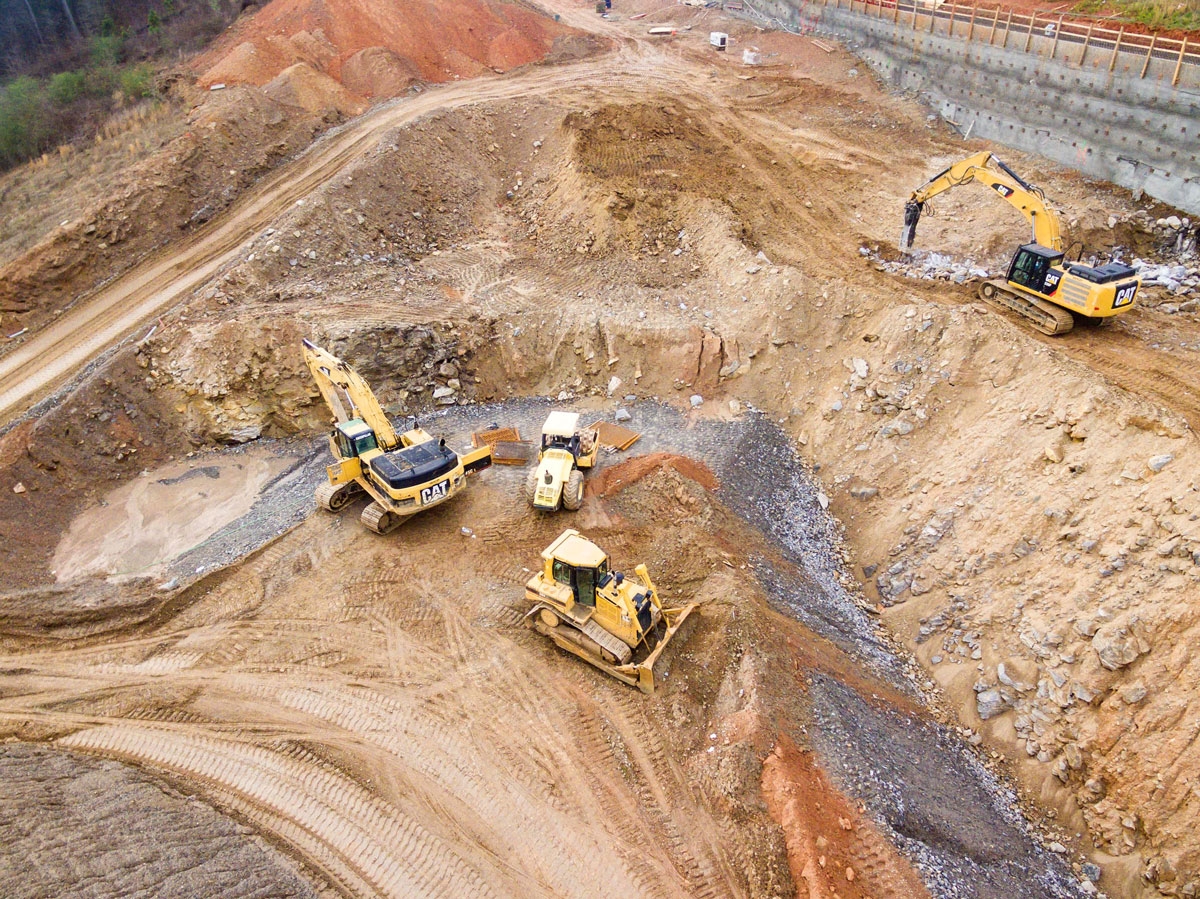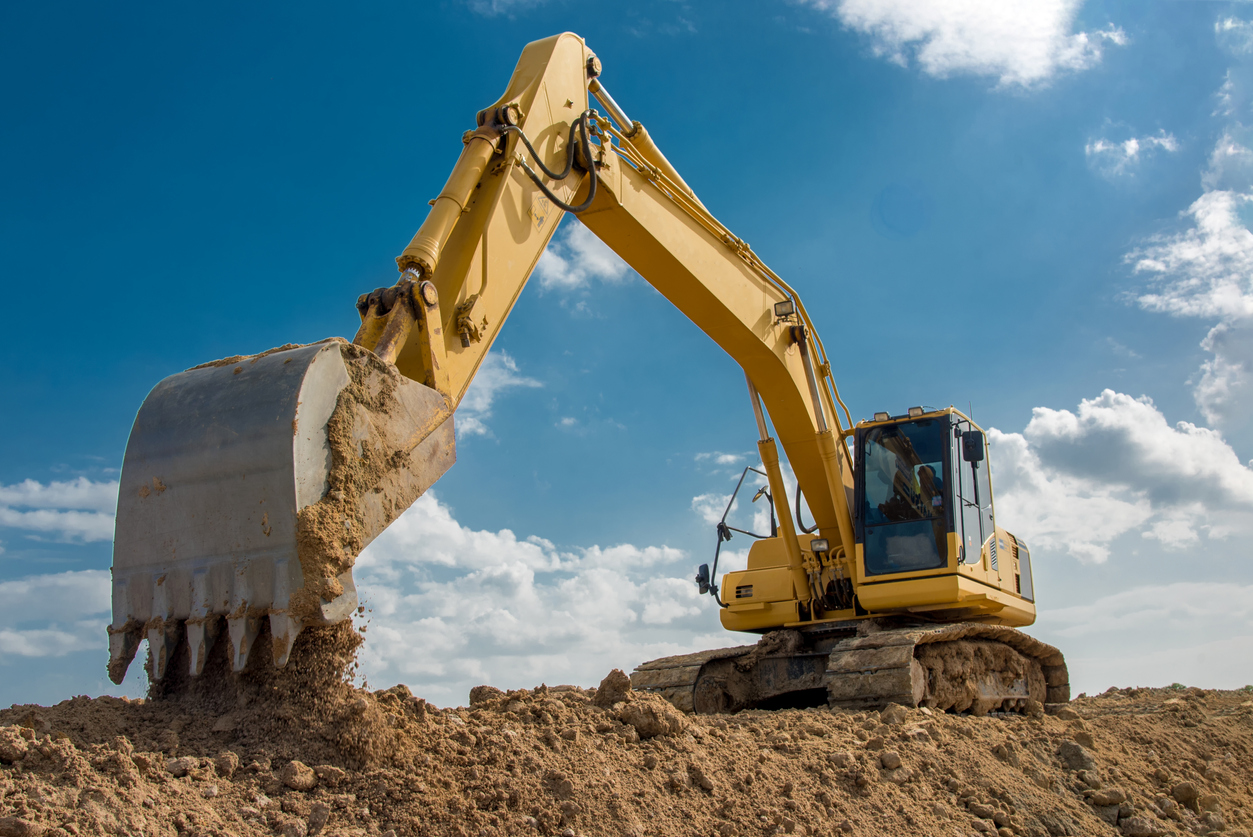Scissor Lift Rental: Safe and Reliable Solutions
Scissor Lift Rental: Safe and Reliable Solutions
Blog Article
Leasing Vs. Acquiring Construction Tools: Making the Right Option for Your Project
When getting started on a building and construction job, one of the vital decisions that predict supervisors and stakeholders face is whether to purchase or rent out building equipment. The choice pivots on different variables such as cost factors to consider, job period, tools maintenance, flexibility, scalability, and risk administration.
Price Considerations
Leasing tools usually needs reduced initial payments compared to buying, making it an attractive choice for short-term jobs or specialists with budget plan constraints. In the long run, consistently leasing equipment can collect higher costs than buying, specifically for extended tasks.
On the other hand, getting building equipment involves higher in advance costs but can cause long-term cost savings, particularly for long-term jobs or regular users. Possessing equipment gives versatility, ease, and the possibility for resale worth once the job is completed. Furthermore, owning tools permits modification and experience with particular machinery, potentially increasing performance and efficiency on-site. Eventually, the decision between purchasing and renting out building equipment depends upon the task's duration, regularity of use, spending plan factors to consider, and long-lasting economic objectives.
Task Period

Alternatively, for long-term projects or recurring building and construction job, purchasing equipment might be the much more economical option. Investing in equipment can cause set you back savings in the long run, particularly if the devices will be frequently used. Furthermore, having tools gives a sense of control over its availability and enables for personalization to fit particular job needs.

Devices Maintenance
Provided the important duty project duration plays in figuring out the most cost-efficient approach between purchasing and renting construction tools, the focus now shifts towards taking a look at the necessary element of tools upkeep. Proper maintenance is essential for making certain the optimum performance and durability of building and construction devices. Renting out devices often comes with the benefit of having actually well-kept equipment offered by the rental company. This can ease the problem of upkeep tasks from the job owner or contractor, conserving time and effort. On the various other hand, having equipment calls for a proactive method to maintenance to avoid breakdowns, make sure security, and extend the tools's life-span. Normal inspections, maintenance, and timely fixings are needed to keep owned tools in leading working condition. Aspect in maintenance costs when determining between purchasing and renting out, as disregarding maintenance can result in pricey repairs, downtime, and job hold-ups. Eventually, a well-maintained building equipment fleet, whether rented out or owned, is crucial for the effective and efficient conclusion of second hand wheel loaders for sale building and construction projects.
Adaptability and Scalability
In the realm of construction equipment monitoring, the element of versatility and scalability holds significant importance for job performance and resource application. Opting to lease building devices gives a high degree of flexibility as it permits for the fast adjustment of tools types and quantities based upon the progressing requirements of a task. Leasing enables professionals to access a variety of specialized tools that may be needed for details tasks without the lasting commitment of ownership. This adaptability is particularly helpful for projects with differing demands or unsure durations (construction equipment rentals).
Renting out construction equipment supplies the benefit of quickly scaling operations up or down as task needs rise and fall. Professionals can swiftly include or exchange devices to match the project's transforming requirements without the constraints of having possessions that might become underutilized or outdated.
Risk Monitoring
Efficient threat administration in building and construction equipment procedures is paramount to ensuring job success and mitigating potential monetary losses. Building tasks naturally include various risks, such as devices failures, crashes, and task delays, which can significantly affect the job timeline and budget plan. By carefully taking into consideration the risks related to owning or renting building devices, task supervisors can make educated decisions to minimize these possible risks.
Renting building and construction devices can offer a degree of danger reduction by moving the responsibility of upkeep and repair work to the rental firm. This can lower the monetary burden on the task owner in case of unforeseen tools failures (aerial lift rental). In addition, renting out offers the flexibility to gain access to specialized equipment for particular project stages, decreasing the threat of owning underutilized equipment
On the other hand, possessing building equipment offers a sense of control over its use and upkeep. Nevertheless, this also means birthing the complete obligation for repairs, maintenance costs, and depreciation, increasing the financial threats related to equipment ownership. Cautious threat evaluation and consideration of elements such as job period, devices utilization, and maintenance requirements are vital in determining the most suitable alternative for efficient risk monitoring in building and construction jobs.
Verdict
Finally, when deciding between renting out and purchasing construction devices, it is necessary to think about cost, project period, equipment upkeep, danger, scalability, and versatility monitoring. Each variable plays a vital function in figuring out the most ideal alternative for the job at hand. By thoroughly examining these aspects, task supervisors can make an enlightened decision that lines up with their spending plan, timeline, and general project goals.

Report this page